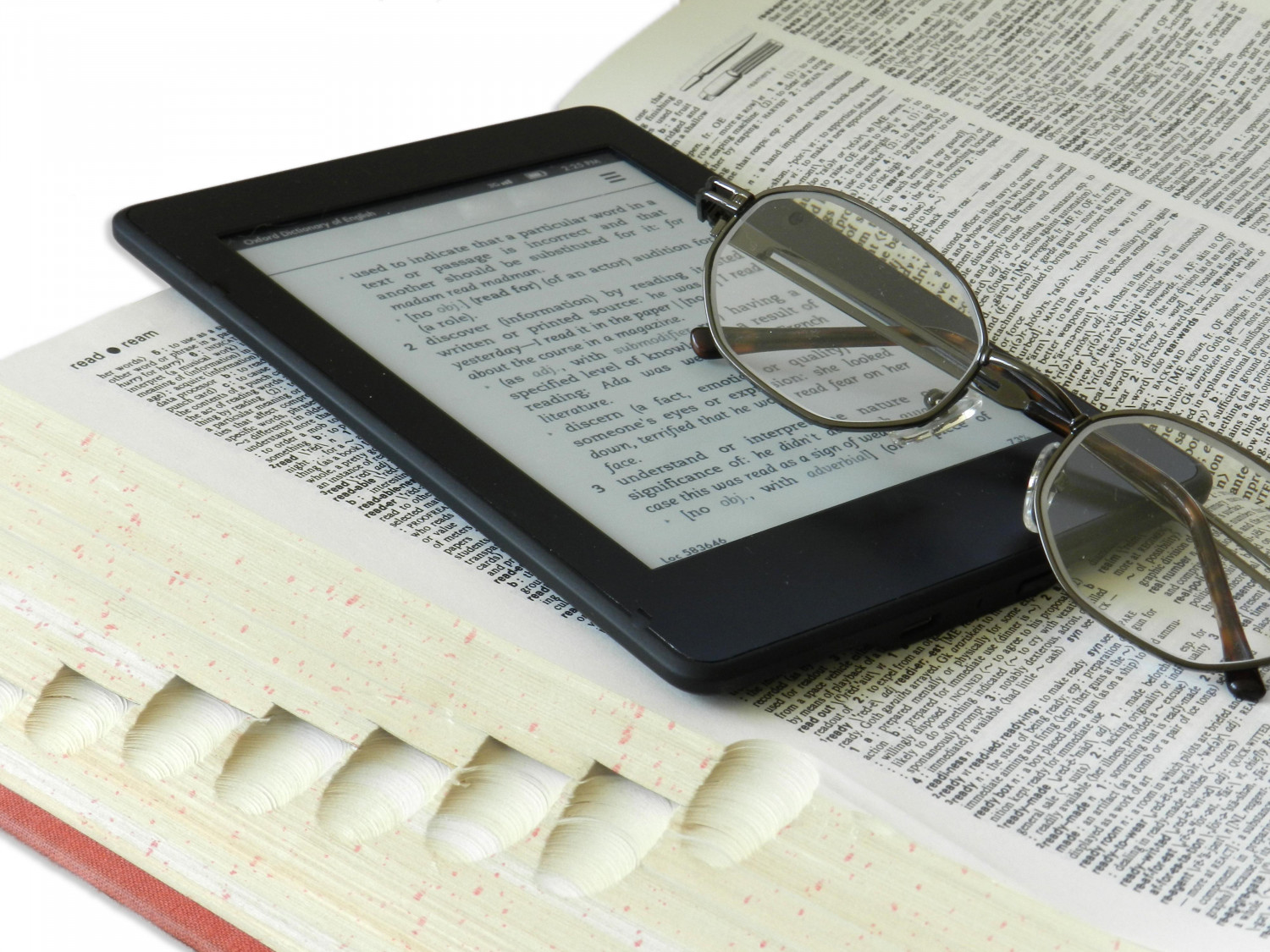
Freelance Editing and Proofreading Quality Assurance Tips
In the realm of freelance editing and proofreading, precision and attention to detail are paramount. To excel in this field, one must possess a unique blend of linguistic prowess and quality assurance techniques. In this article, we shall embark on a journey through the intricacies of freelance editing and proofreading quality assurance tips. Brace yourself for a transformative exploration into the world of flawless written communication.
The Art of Freelance Editing
Mastering the Manuscript
Freelance editing begins with the manuscript itself. To ensure the highest quality of work, start by thoroughly understanding the content. Dive deep into the text, dissecting its nuances, and grasp the author's intent. It's essential to maintain the author's voice while enhancing clarity, coherence, and overall impact.
Precision in Grammar and Style
Grammar and style are the pillars of effective writing. Pay meticulous attention to grammar rules, punctuation, and syntax. Employ style guides like Chicago Manual of Style or APA to maintain consistency. Ensure that sentences flow smoothly, engaging the reader from start to finish.
Proofreading for Perfection
Proofreading is the final frontier of quality assurance. Scrutinize every word, sentence, and paragraph for errors. Check for spelling mistakes, typos, and grammatical inconsistencies. Read the text aloud to catch awkward phrasings or unclear expressions.
Quality Assurance Techniques
The Power of Revision
Revision is your secret weapon in quality assurance. Review your work multiple times, focusing on different aspects each time. First, check for grammar and spelling, then move on to content flow, coherence, and consistency.
Collaborative Editing
Collaboration can elevate your work. Seek feedback from peers or mentors. Fresh perspectives can reveal blind spots and enhance the overall quality of your editing and proofreading.
Using Technology Wisely
Leverage the tools at your disposal. Grammar-checking software and plagiarism detectors can be invaluable. However, don't rely solely on them. Human judgment is irreplaceable.
Frequently Asked Questions
l What is the difference between editing and proofreading?
● Editing focuses on content, style, and coherence, while proofreading targets grammar, spelling, and punctuation errors.
l How can I maintain the author's voice while editing?
● Preserve the author's tone and style while improving clarity and readability.
l What are the most common proofreading mistakes to avoid?
● Common proofreading errors include overlooking typos, missing grammatical mistakes, and failing to spot inconsistencies.
l Should I edit digitally or on a printed manuscript?
● Editing digitally offers efficiency, but some find it helpful to proofread on a printed copy for a fresh perspective.
l Is it necessary to follow a specific style guide for freelance editing?
● While it's not mandatory, adhering to a recognized style guide enhances professionalism and consistency.
l How can I stay updated with the latest editing and proofreading trends?
● Stay connected with professional networks, attend workshops, and read industry publications to stay informed.
Summary
In the realm of freelance editing and proofreading, excellence is achieved through a combination of precision and quality assurance techniques. Mastering the art of editing, paying attention to grammar and style, and embracing proofreading are essential steps. Collaborating with peers and using technology wisely can further elevate your skills. With these quality assurance tips, you can confidently embark on a journey to become an exceptional freelance editor and proofreader.
